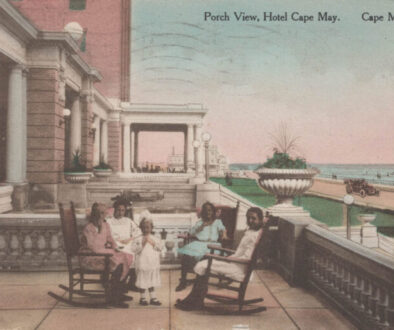Peter Shields Inn’s Dry-Aged Kansas City Strip Steak
If you’re a carnivore, there is simply nothing quite like a perfectly done steak, properly seasoned and cooked to perfection, to make your mouth water.

It comes out of the kitchen practically sizzling—a crispy char on the outside, pink and tender in the middle, and perfectly seasoned all the way through. It’s a story of simplicity and complexity that has few rivals, and therefore is always a classic. Why is it that a steak from a good restaurant always seems so much better than the one that you cook at home? Of course, there are the professional techniques used to season and cook the dish that can make a difference. But in most cases, it’s because of how the meat was prepared before it was ever seasoned or even touched the grill.
Dry-aging is a process of hanging fresh beef in a temperature-controlled environment for anywhere from a couple of weeks to sometimes months. During this process, the meat undergoes chemical and structural changes, allowing enzymes to break it down, making it more tender; and moisture loss, which concentrates the natural flavor. The result is a succulent, more flavorful steak with a savory flavor that is transcendent.
When the pandemic arrived and many restaurants were hit with staffing and supply issues, Carl Messick, Executive Chef of Cape May’s Peter Shields Inn, decided that adding a steakhouse concept to the menu would be an advantageous solution. It would allow him to offer a variety of options for the customer without having to have four completely different dishes, thereby relieving any added stress to the kitchen. It is a strategy that has paid off in big ways, as it’s become a customer favorite.
Peter Shields Inn now offers four selections of steak options: A 10-ounce Hanger Steak, a 14-ounce Ribeye, a 32-ounce boneless Strip Steak for Two, and the most popular—an 18-ounce, 40-day, dry-aged, bone-in Kansas City Strip Steak, pictured here.
All come with a selection of roasted vegetables such as carrots, fingerling potatoes, and broccolini. Each is served with a Bordelaise sauce—a classic French sauce named after the Bordeaux region of France, made with dry red wine, bone marrow, butter, shallots, and sauce demi-glace. You can imagine tucking yourself into a corner table of the venerable mansion turned inn and restaurant, opening a full-bodied Cabernet Sauvignon, and anticipating that delectably juicy, slightly salty, tender-yet-crispy first bite.
It’s what gastronomic dreams are made of. ■



